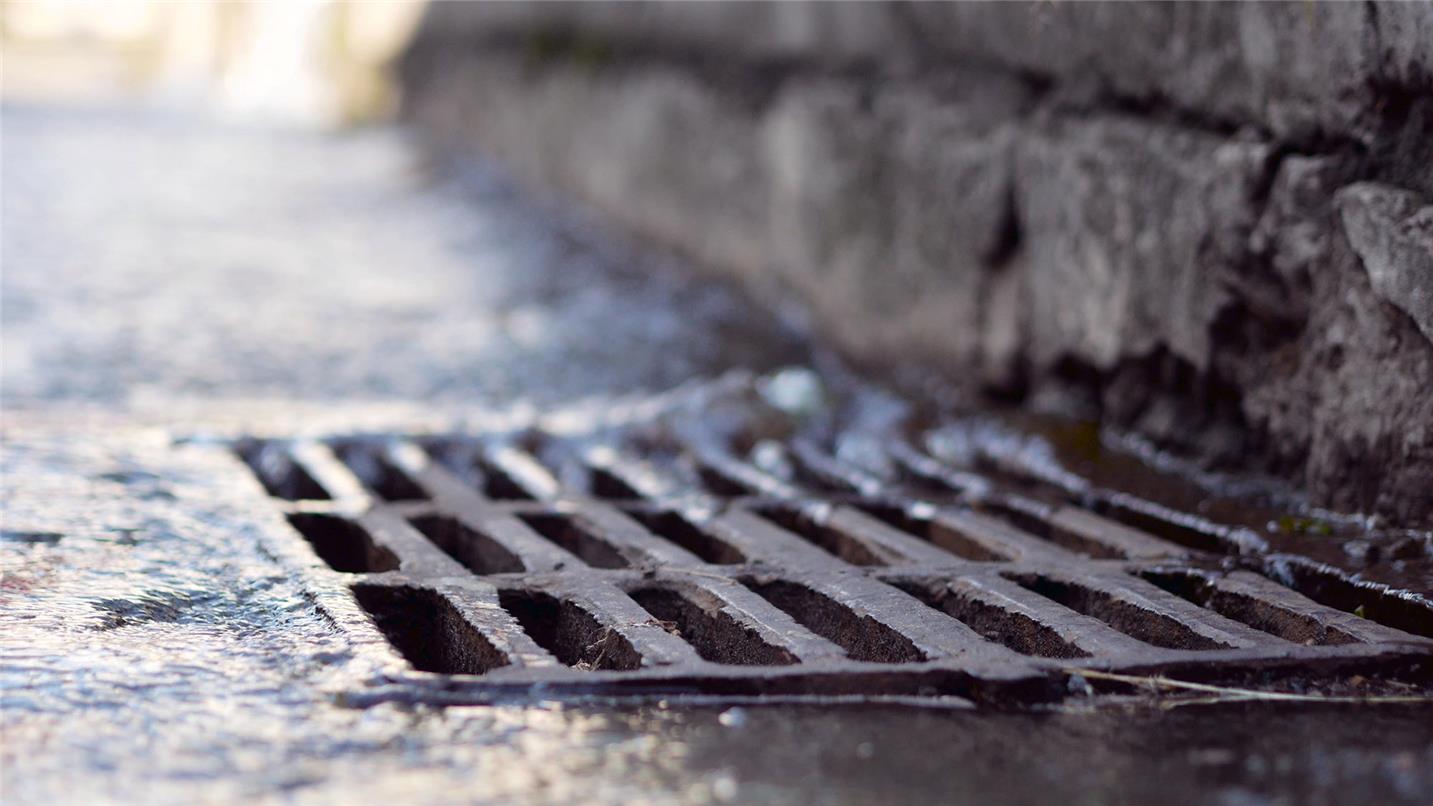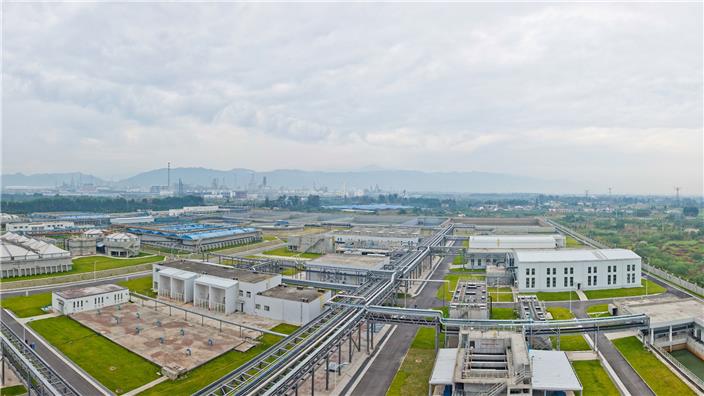Innovative and responsible solutions to optimize wastewater and stormwater management
We design and build wastewater treatment plants to treat domestic and industrial wastewater to preserve public health, water resources, and the environment. Wastewater treatment plants are optimized to limit footprint and energy consumption and ultimately having the option to transform nutrient-rich sludge from wastewater treatment plant to energy, promoting a circular economy.
To reduce the impact of wastewater on the environment, we offer a suite of innovative green solutions tailored to meet today’s ecological demands. In accordance with local and state regulations, which enforce stringent standards on wastewater treatment from the sewerage network, our practices are designed to minimize environmental disruption while maximizing efficiency.
Our wastewater treatment plants, seamlessly integrated into the sanitation system, utilize cutting-edge processes that ensure high-performance purification. Through continuous monitoring, we limit pollution and optimize operations to reduce energy consumption, greenhouse gas emissions, and the use of chemical reagents. From the initial settling stages, where solids are effectively separated from liquids to the final disinfection steps, every phase is engineered to reduce environmental impact and eliminate pathogenic bacteria.
We transform organic waste from sludge, rich in nitrogen and phosphorus, into valuable resources. This includes converting it into renewable energy or organic soil enhancers that nourish the land. By doing so, we not only reduce the environmental footprint of wastewater treatment but also actively promote the principles of the circular economy.
Our approach extends beyond traditional infrastructure. We implement green infrastructure such as vegetated valleys, artificial wetlands, and green roofs to manage stormwater naturally. These systems mitigate flood risks, enhance water quality, and foster biodiversity, creating resilient urban ecosystems.
We are pioneering rainwater collection and treatment systems for non-potable applications, including irrigation of green spaces, vehicle washing, and pond replenishment. A prime example is the Agde golf course, which conserves 200,000 m³ of drinking water annually by reusing treated water for 75% of its irrigation needs. This initiative significantly reduces the demand for potable water supplies and safeguards vital resources.
To uphold our public service mission in domestic and industrial wastewater management, we collaborate with local authorities, urban planners, and infrastructure managers. Our awareness and training programs promote best practices in rainwater network management, encouraging a holistic and sustainable approach to stormwater governance.
With deep expertise and commitment to innovation, we provide daily support through solutions that reduce the impact of wastewater on the environment. Our clear vision and actionable strategies position us as a trusted partner in addressing today’s—and tomorrow’s—environmental challenges.
Our inspiring stories
In Saint-Etienne (France) an innovative system for flood prevention
With the AQUADVANCED® Urban drainage expert system, the management of the Metropolis' wastewater network has been modernised and digitised to direct as much pollution and bacteria as possible to the wastewater treatment plant. Weather data is regularly transmitted by numerous sensors installed on the network. Coupled with information related to the wastewater network, their modeling then allows the operations teams to interpret the results, develop and adapt strategies for implementation in the field. All our skills were mobilised to make this project a success: computer science and computer graphics, but also business know-how around the digital modeling of the sanitation system and the rainwater system.
The effectiveness of the system was noted in June 2015 during a very significant rainfall event: 25 mm of water fell on the town of St Etienne in less than an hour. Thanks to this system, the event could be anticipated, rainwater was sent as much as possible to the treatment plant in order to relieve a rainwater collector in the district. This district has thus escaped the flooding it had already suffered previously, before the installation of this facility.

